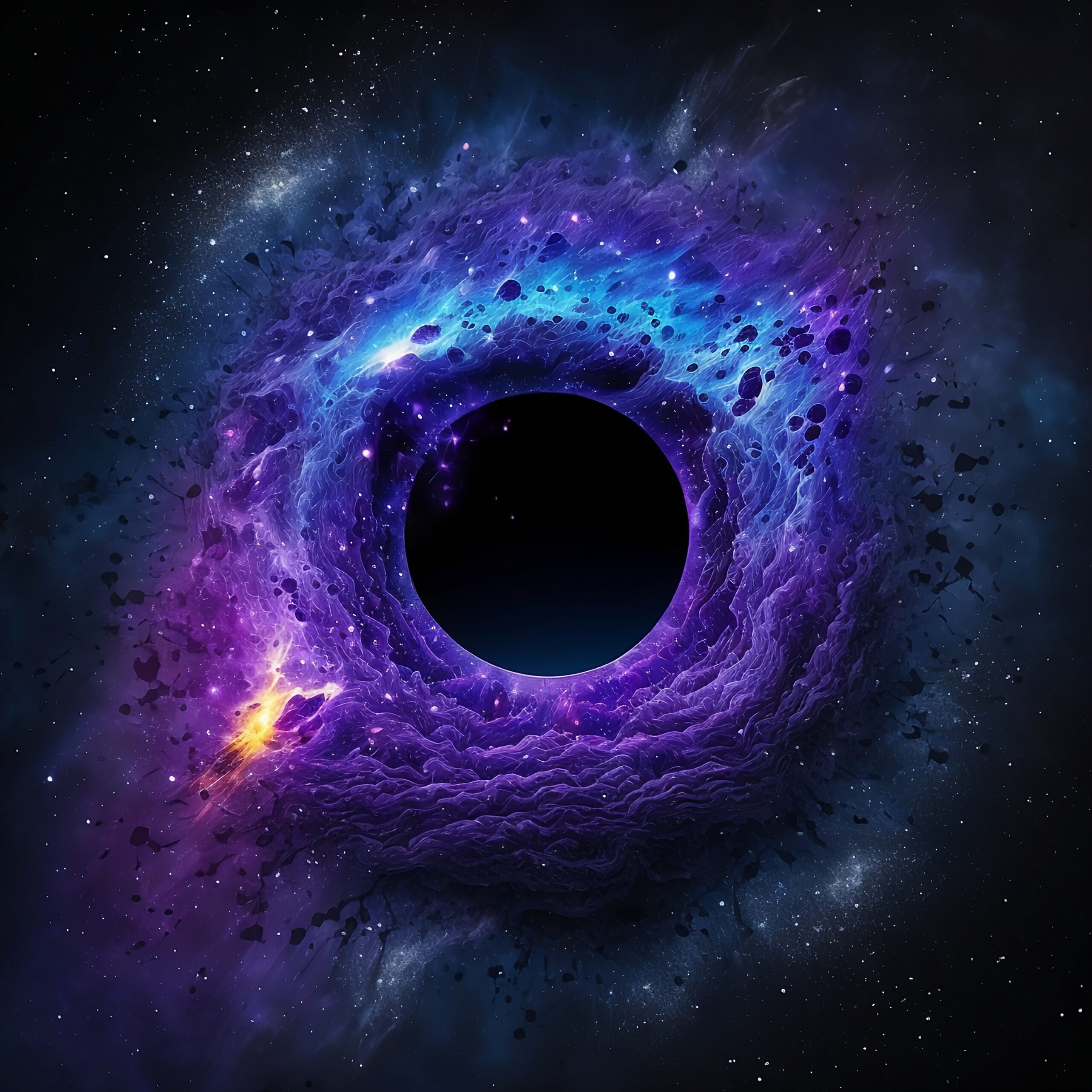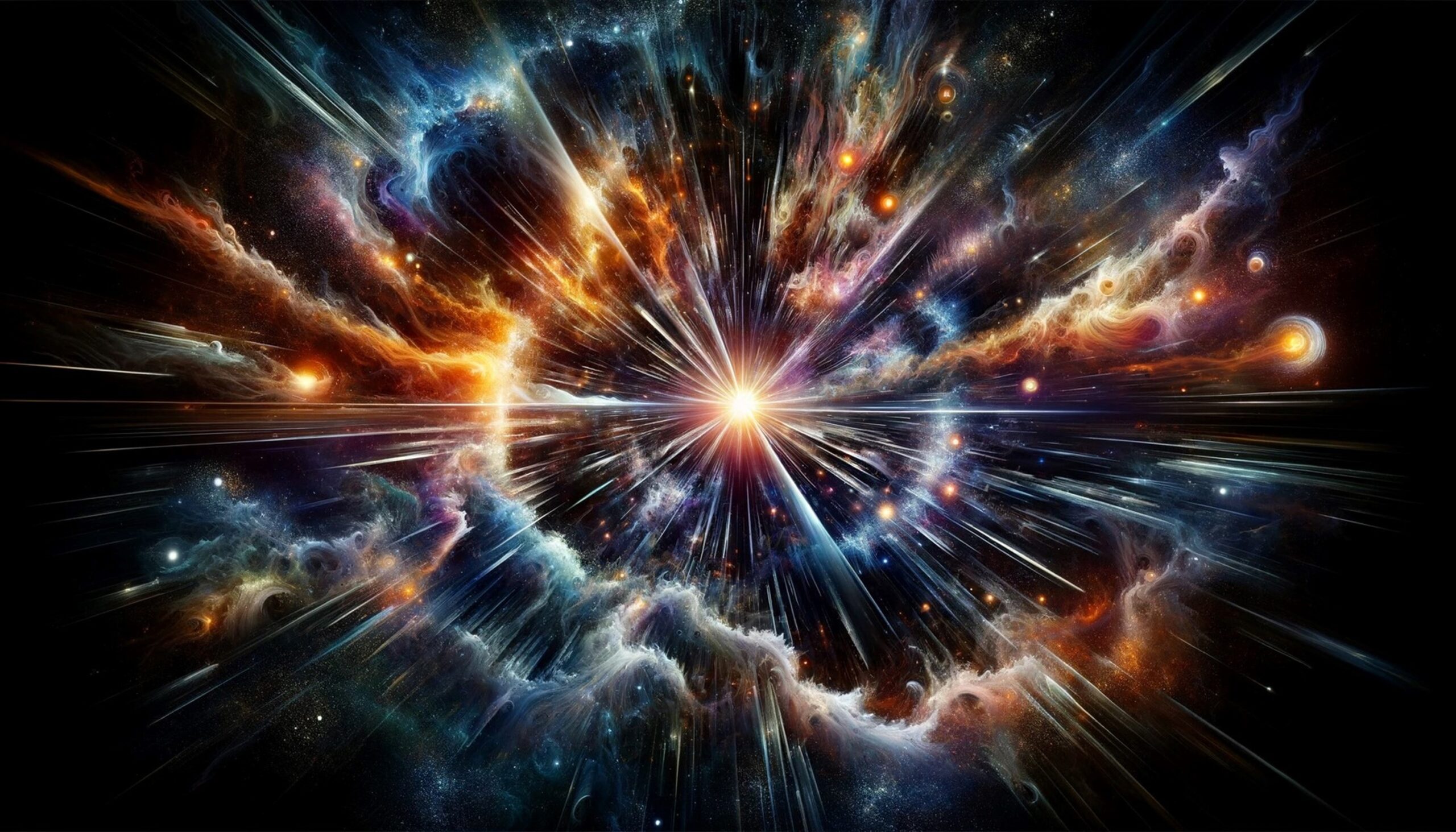Introduction
“Black holes are known for swallowing everything around them—but what if we could use them as a powerful energy source instead?”
Black holes have always amazed scientists and space lovers because of their strong gravity and mysterious nature. But new ideas suggest that these cosmic giants might help us generate energy. If we could find a way to tap into their power, they could provide more energy than anything we have today, changing the way we use and produce power forever.
How Do Black Holes Store Energy?
Black holes don’t just swallow everything around them—they also store huge amounts of energy. Their powerful gravity, fast spinning motion, and even strange radiation effects make them potential energy sources.
Gravitational Energy
Black holes have an incredibly strong gravitational pull because all their mass is packed into a tiny space. This pull bends space and sucks in matter, making it move at nearly the speed of light. As matter falls in, it releases a huge amount of heat and radiation. In theory, we could capture some of this energy before it disappears into the black hole.
Rotational Energy
Many black holes spin extremely fast, close to the speed of light. This spinning motion stores a lot of energy, and scientists think it might be possible to extract some of it. One idea, called the Penrose Process, suggests that if we place objects near a spinning black hole’s outer region (called the ergosphere), they could gain energy from the black hole’s rotation. This could be a way to generate power.
Hawking Radiation
Physicist Stephen Hawking proposed that black holes slowly lose mass by giving off tiny amounts of energy, a process called Hawking radiation. While this radiation is too weak for big black holes, smaller ones might give off enough energy to be useful—though this idea is still highly theoretical.
By studying these energy sources, scientists are exploring whether black holes could one day help us produce unlimited power.
The Penrose Process: Taking Energy from a Black Hole
The Idea
In 1969, physicist Roger Penrose came up with a bold idea: we might be able to take energy from a spinning black hole without even touching its event horizon. This idea, now called the Penrose Process, could help us harness some of the black hole’s rotational energy.
How It Works
The key to this process is a special region around a spinning black hole called the ergosphere. In this area, space itself is twisted and dragged around by the black hole’s spin—a strange effect known as frame-dragging.
Possible Uses
Even though this idea is still theoretical, it suggests that a highly advanced civilization—like a Kardashev Type II or III civilization—could use black holes to generate massive amounts of energy. This could help power entire planets or fuel spaceships for deep space travel.
While we are far from making this happen, the Penrose Process is one of the most exciting ideas in physics, sparking new research into using black holes as energy sources.
The Blandford-Znajek Process: Using Black Hole Jets for Energy
The Idea
In 1977, physicists Roger Blandford and Roman Znajek proposed a way to pull energy from a spinning black hole using magnetic fields. This idea called the Blandford-Znajek Process, is different from the Penrose Process, which relies on particle interactions. Instead, it focuses on the powerful electromagnetic forces around black holes.
If a black hole is surrounded by a disk of hot, magnetized gas (plasma), its fast rotation can twist and strengthen the magnetic field lines around it. This can create high-energy jets of charged particles that shoot out at nearly the speed of light. In theory, we could collect energy from these jets and use it.
Real-World Examples
Scientists have observed quasars, active galactic nuclei (AGN), and gamma-ray bursts that produce massive jets of energy. Some of these jets stretch for thousands of light-years across space. These powerful events suggest that black holes don’t just pull things in—they can also release enormous amounts of energy through the Blandford-Znajek Process.
Can Humans Use This Energy?
In the future, an advanced civilization—like a Kardashev Type II or III civilization—might build massive magnetic structures or energy collectors in space to capture power from black hole jets.
Right now, this is far beyond our abilities, but it shows how black holes could become an incredible source of energy. This idea could inspire new ways to generate power and explore deep space.
Hawking Radiation: A Possible Energy Source
How It Works
In 1974, physicist Stephen Hawking proposed that black holes slowly lose mass and energy through a process called Hawking Radiation.
According to quantum mechanics, tiny pairs of particles constantly appear near the edge of a black hole (the event horizon). Normally, these particles destroy each other right away. But sometimes, one falls into the black hole while the other escapes. When this happens, the black hole loses a tiny bit of its mass and gives off radiation. Over a very long time, this process could make the black hole completely disappear.
The Challenge
For big black holes, this radiation is extremely weak—so weak that it’s impossible to detect. A black hole the size of the Sun would take longer than the age of the universe to vanish.
But small black holes could give off much more energy. A mini black hole (much smaller than a star) could release a huge amount of energy before it disappears.
Could We Create Mini Black Holes?
Some scientists think mini black holes may have formed in the early universe or could have been created in high-energy lab experiments. If we could control such a black hole, we might be able to capture its energy through Hawking Radiation.
Right now, this is only a theory, but some ideas suggest that mini-black holes could one day power advanced civilizations or even spacecraft. However, creating, containing, and using energy from a black hole is an enormous challenge that no one has solved yet.
The Challenges of Using Black Hole Energy
Black holes could provide an enormous amount of energy, but getting and using that energy comes with big challenges. These include extreme conditions, technology limits, and serious safety risks.
- Extreme Conditions
Black holes exist in some of the most dangerous places in the universe. Their strong gravity can rip apart anything that gets too close, including spaceships or energy-harvesting machines. The accretion disk around a black hole—the ring of gas and dust that orbits it—can reach millions of degrees in temperature, giving off deadly X-rays and gamma rays. Even if a civilization could get close, surviving in such an environment would be extremely difficult. - Technology Limits
Right now, we don’t have the technology to travel anywhere near a black hole, let alone build structures to extract energy. To make this possible, we would need- Super-strong materials to withstand extreme forces.
- Advanced navigation systems to move safely around a black hole.
- Self-operating AI machines to handle energy collection in dangerous conditions.
- Even with fast technological progress, it could take hundreds or thousands of years to develop these capabilities.
- Safety and Ethical Concerns
Using black holes for energy could lead to serious risks, such as: - Dangerous energy bursts – If we don’t control the process well, it could release too much energy at once, causing massive destruction.
- Creating mini black holes – If we try to make small black holes for energy, they could grow out of control and become a serious threat.
- Disrupting space – Black holes play an important role in shaping galaxies. If we change their behavior too much, we might affect the universe in ways we don’t understand.
Conclusion
Black holes are one of the most powerful energy sources in the universe. Scientists have proposed different ways to extract energy from them, such as the Penrose Process, Blandford-Znajek Process, and Hawking Radiation. If we could successfully use these methods, black holes might provide endless energy, powering entire civilizations and even making interstellar travel possible.
However, the challenges are massive. Extreme gravity, deadly radiation, and the vast distance of black holes from Earth make this idea far beyond our current technology. There are also serious risks and ethical concerns—even if we could do it, should we?
Could black hole energy be the future of space travel? If advanced civilizations solve these problems, black holes could change the way we explore and live in space.
But the biggest question is: If we had the power to harness a black hole, would the benefits outweigh the risks?
Share the knowledge with

